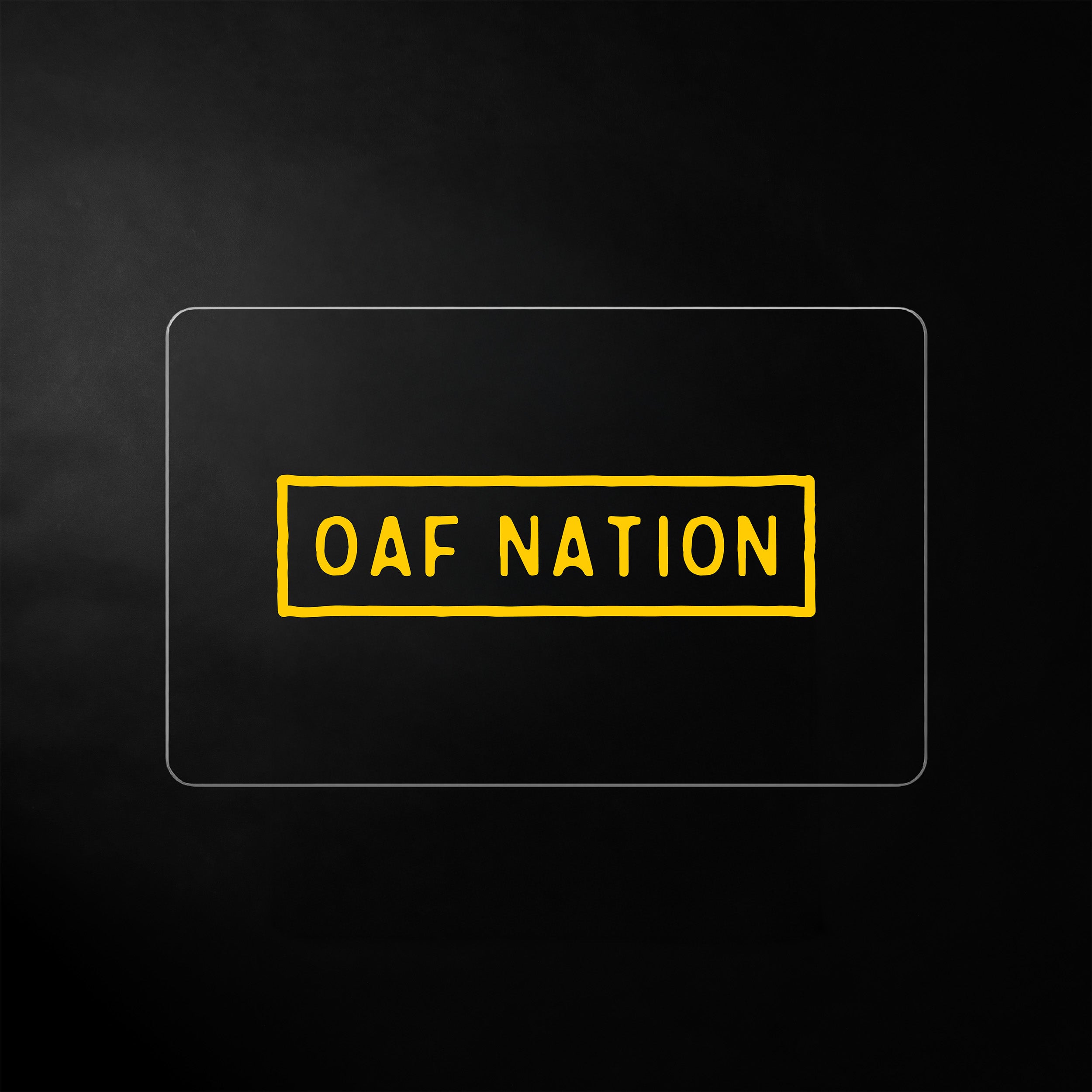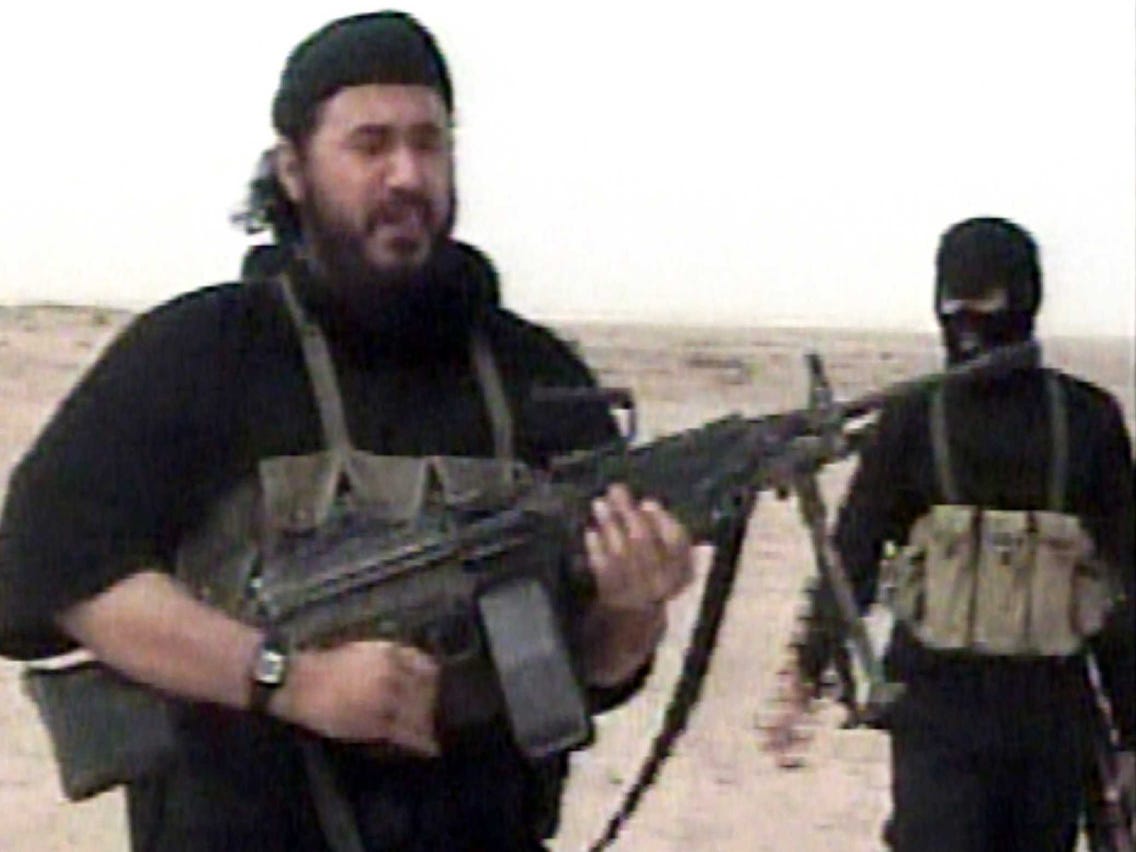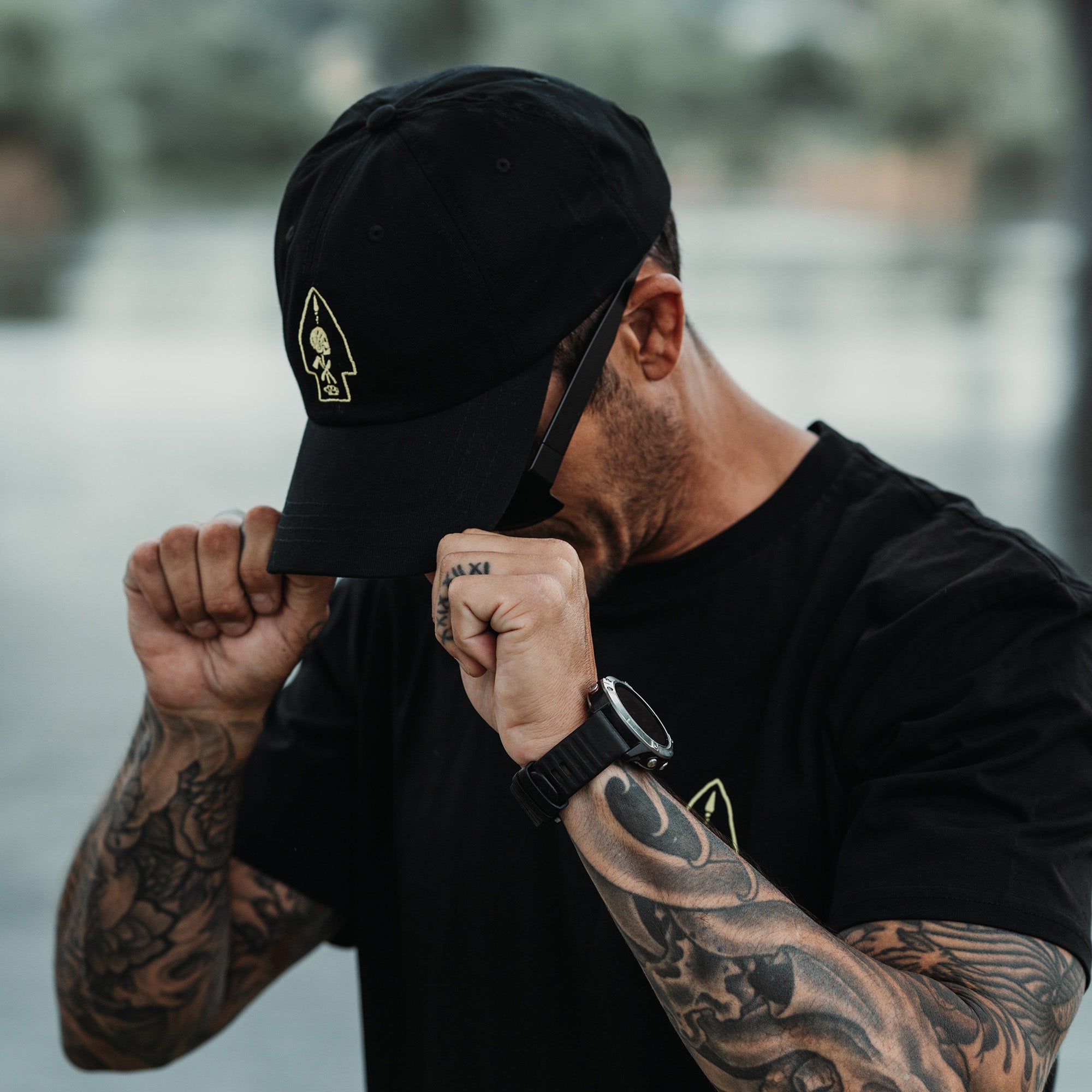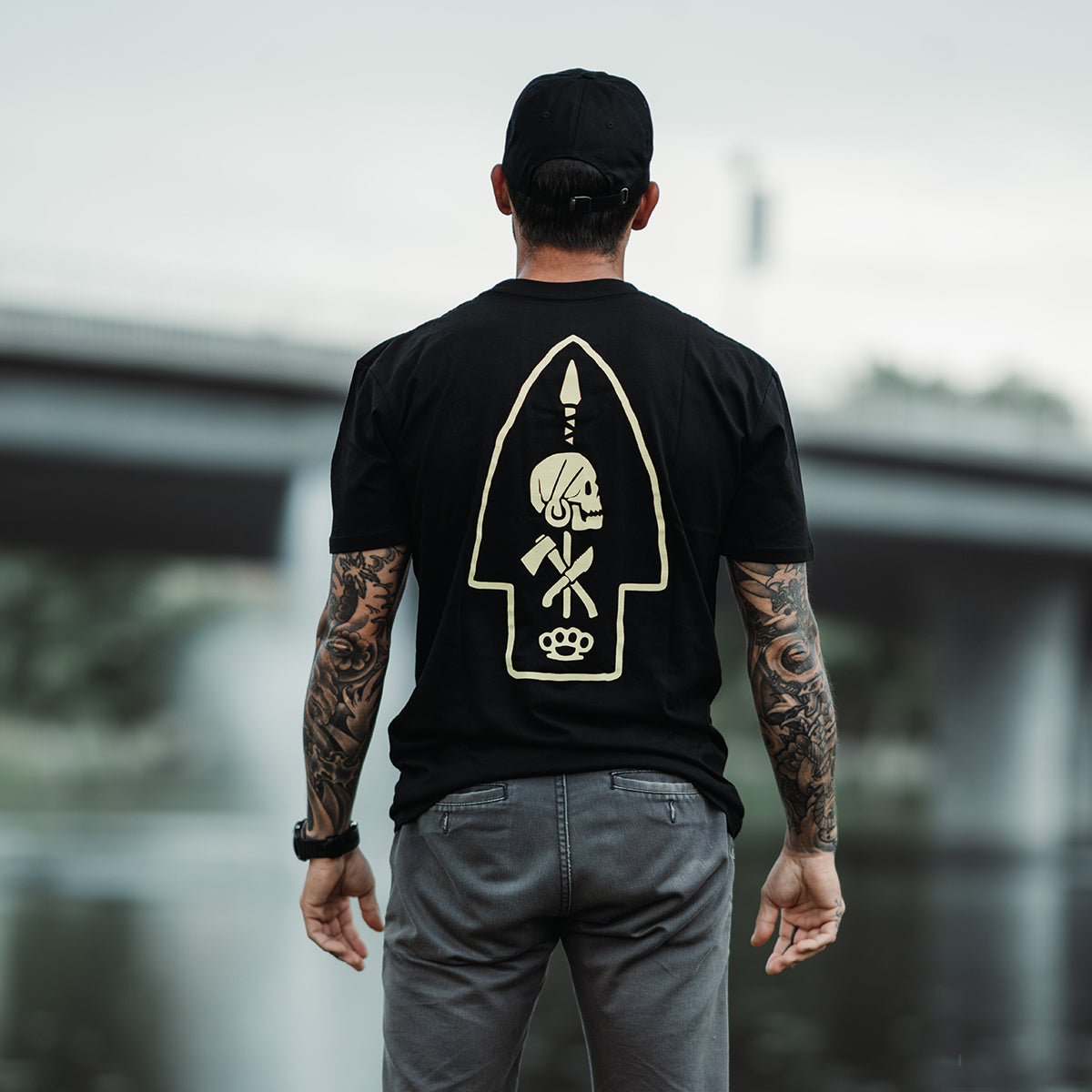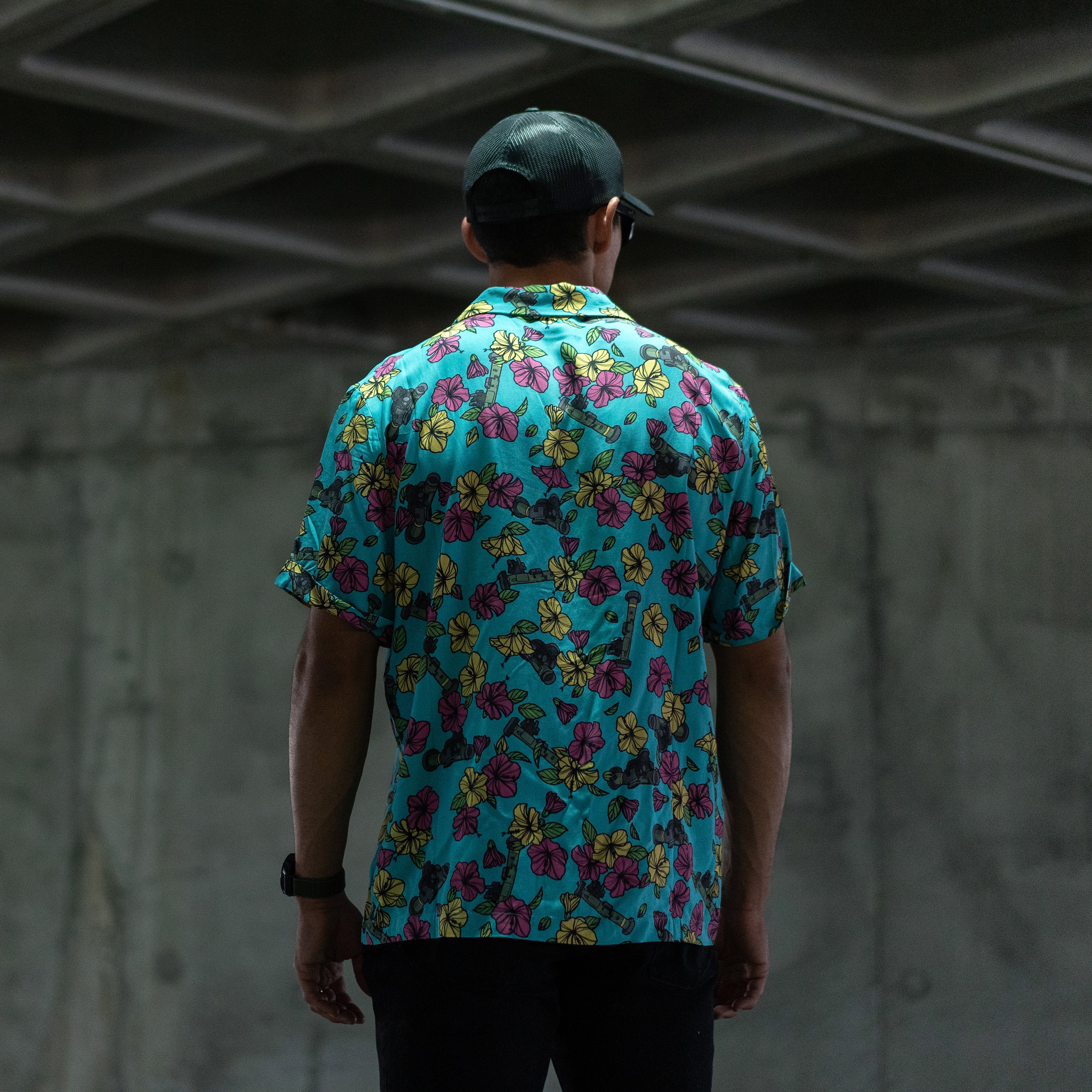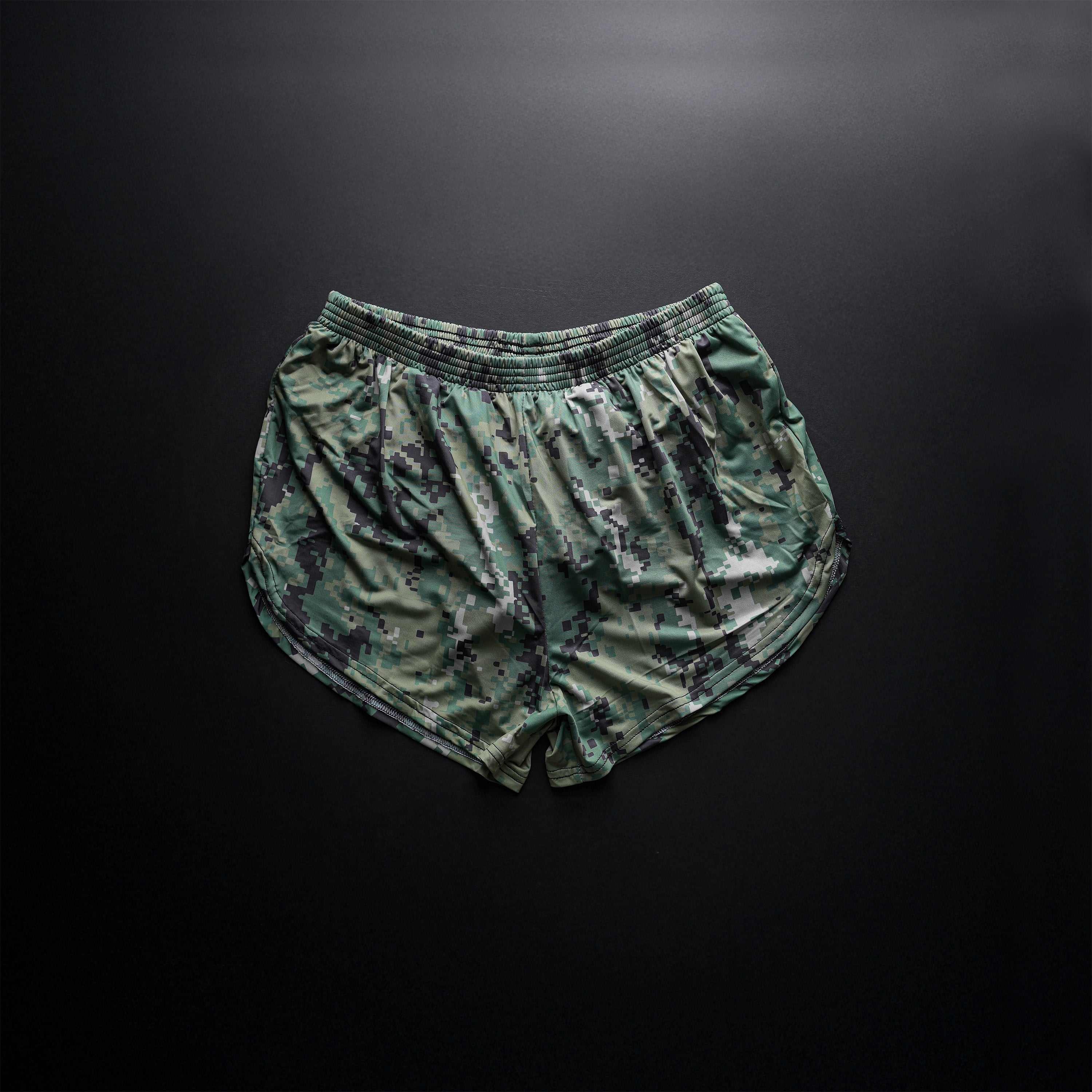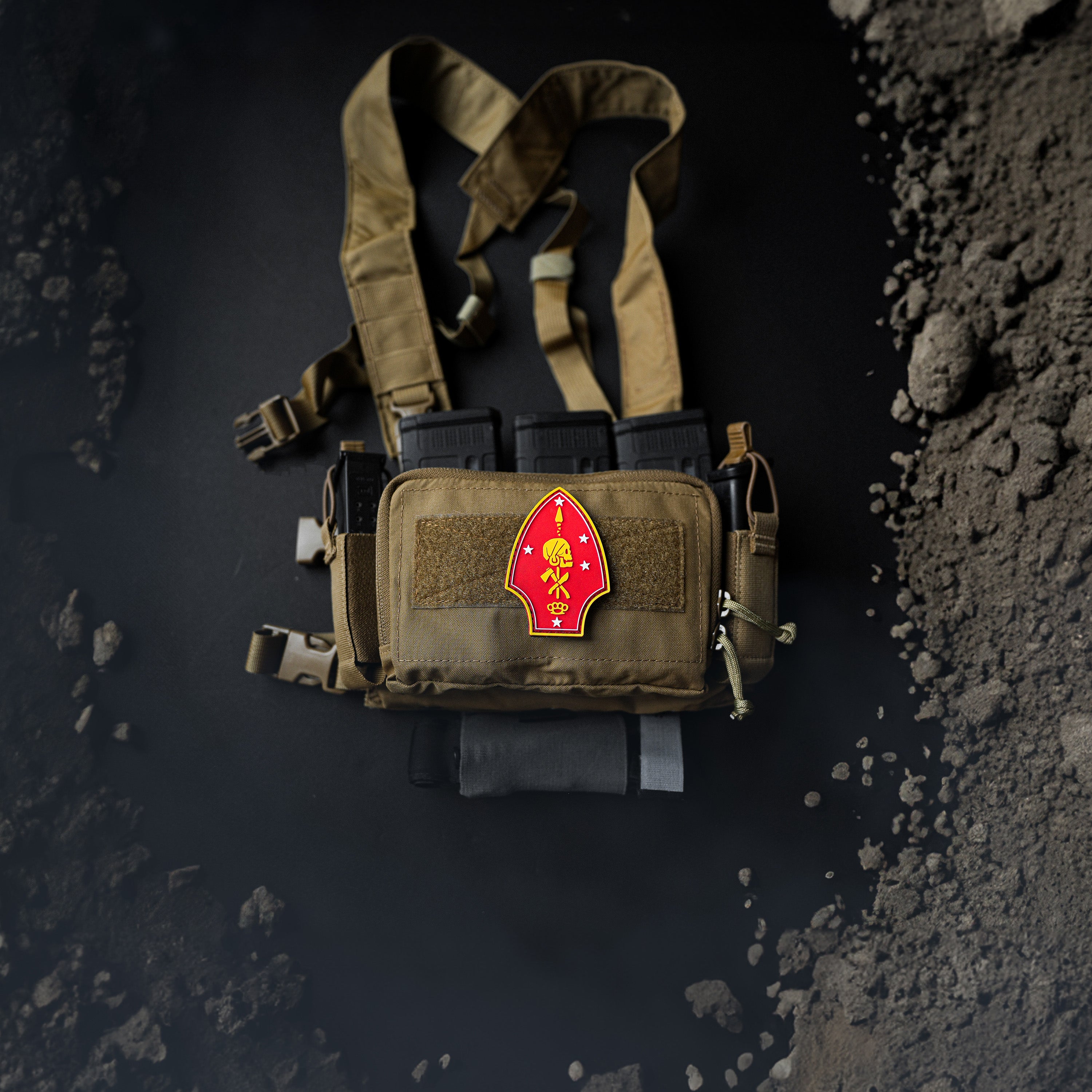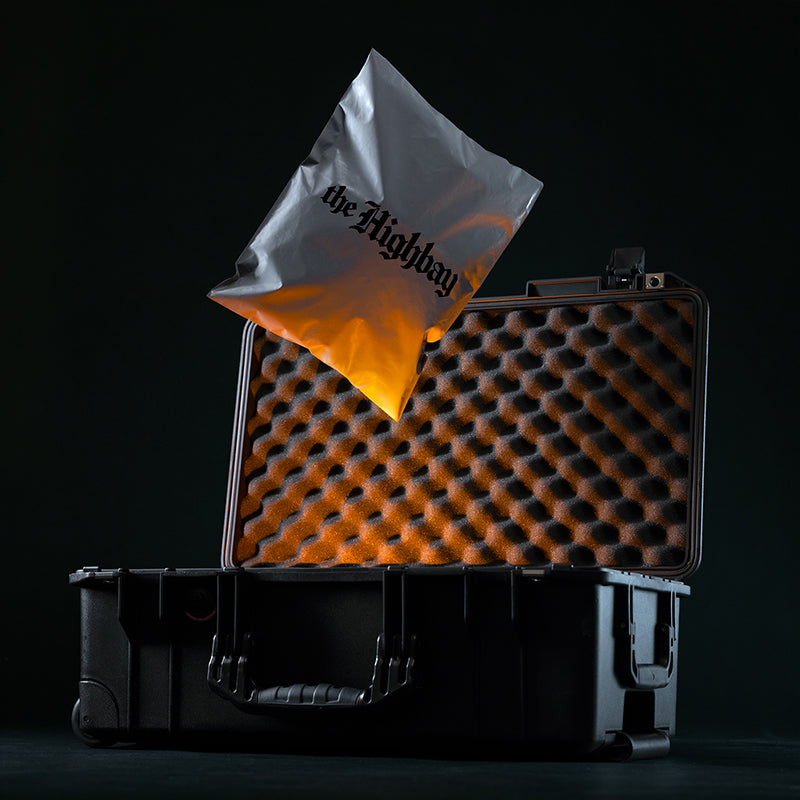Photos and text by Collin Mayfield. All images were taken in Port-au-Prince during November 2022.
An ongoing gang war grips the Haitian capital of Port-au-Prince. The population suffers as hundreds of different gangs fight to expand their respective territories. Frontlines between rival factions permeate the city, displacing over 160,000 people in the capital alone. The bulk of the fighting is between two main rivals: G-9 and its dissenting breakaway faction G-Pèp.
Thousands of civilians caught in the crosshairs of rival gangs have been killed. The under-equipped and unmotivated Haitian National Police are unable to quell the violence, and some police are even directly complicit. Human rights groups allege that the gangs are intrinsically linked to self-serving politicians and government officials. Parties on all sides allegedly support their preferred factions, and the gangs return the favor by securing votes and attacking political opponents.
The violence compounds the existing crises of food insecurity, extreme poverty and a resurgence of cholera. These overlapping horrors have caused a mass exodus of Haitians, and the country now exists as the Caribbean’s failed state. Last October, the United Nations authorized a Kenya-led police intervention at the request of the deeply unpopular and unelected Prime Minister Ariel Henry. But the last UN intervention failed, and the Haitian people suffered abuse under impune occupiers, making the idea of a renewed UN presence widely despised. In Port-au-Prince, anti-intervention protests happen regularly.
When I visited Haiti in November 2022, gangs controlled about 70% of the capital and the infamous G-9 was on the rise. Now, some 90% of Port-au-Prince is gang-held, and G-9 leader Jimmy Chérizier has cemented himself as the most powerful man in Haiti. His grasp extends throughout Port-au-Prince and the surrounding countryside. For now, the violence shows no signs of abating.
 1. A poster memorializing the slain Haitian president Jovenel Moïse. In July 2021, Moïse was gunned down in his private residence in Port-au-Prince, and police subsequently arrested about 20 Colombian mercenaries. Allegedly, Moïse and his Tèt Kale Party (PHTK) supported G-9, and G-9 leader Jimmy Chérizier was a staunch supporter of the late president. The gang leader led a march of over 1000 supporters while demanding that Moïse’s killers face justice. Moïse was succeeded by an unelected Prime Minister Ariel Henry. In March 2024, after a mass prison break and demands for his resignation from gang leaders, Henry announced that he would step down after a transitional presidential council was created.
1. A poster memorializing the slain Haitian president Jovenel Moïse. In July 2021, Moïse was gunned down in his private residence in Port-au-Prince, and police subsequently arrested about 20 Colombian mercenaries. Allegedly, Moïse and his Tèt Kale Party (PHTK) supported G-9, and G-9 leader Jimmy Chérizier was a staunch supporter of the late president. The gang leader led a march of over 1000 supporters while demanding that Moïse’s killers face justice. Moïse was succeeded by an unelected Prime Minister Ariel Henry. In March 2024, after a mass prison break and demands for his resignation from gang leaders, Henry announced that he would step down after a transitional presidential council was created.

2. Knee-high piles of trash define segments of the Haitian capital city. Often, residents must walk or drive directly through the rotting garbage. The garbage disposal method is to bulldoze and burn, contributing to the poor air quality in Port-au-Prince.
3. The Cité Soleil slum, one of the worst areas in Port-au-Prince, houses between 200,000 and 400,000 people in extreme poverty. Most residents live in sheet metal and wood shacks, the more fortunate within cinder block homes. Open sewage flows through canals, especially in the waterlogged ‘Brooklyn’ area. Two gangs vie for dominance in Cité Soleil: G-9 and G-Pèp. Violence erupts in the slum without warning, and bullets tear through flimsy tin walls.
4. Viewed from Cité Soleil, the Varreaux Terminal is the largest fuel depot in Haiti. It holds about 800,000 gallons of kerosene and about 10 million gallons of gasoline and diesel. PM Henry ended fuel subsidies in September 2022, increasing fuel prices and reigniting protests. G-9, in opposition to Henry, immediately blockaded the Varraux Terminal. Chérizier’s siege exacerbated the fuel shortage, and he refused to lift the blockade until Henry resigned. When Henry requested a foreign intervention to open the fuel terminal, Chérizier instead demanded amnesty for himself and his compatriots. Shortly before I arrived in November 2022, the Haitian National Police routed G-9 and ended the blockade.
5. A woman prepares mud cookies - a mix of chalky dirt, vegetable oil and salt - in Cité Soleil. “I’ve been doing this for 20 years,” she said while preparing the unfortunate staple. As food insecurity afflicts Haiti’s slums, many Port-au-Prince residents use mud cookies to stave off hunger.
6. Air-dried mud cookies sit in a bucket, costing only a few cents apiece. According to the World Food Program, nearly 20,000 impoverished Cité Soleil tenants face starvation. From personal experience, the mud cookies taste as bad as one would expect. I did not finish mine.
7-8. A member of an undisclosed gang carries an AR-15 in Cité Soleil, where rivals G-9 and G-Pèp constantly battle for control of the slum. Haitian gangs mostly use guns that are purchased on the American civilian market before being smuggled into Haiti.
9. At this ‘frontline’ in the Savane Pistache neighborhood, the territories of rival gangs Gran Ravin and Ti Bwa collide. Homes damaged by the fighting were abandoned throughout Savane Pistache and .556 casings littered the roads. Gang members peered from behind houses toward opposition territory, and we quickly ran across street junctions to take cover behind buildings as sporadic shots rang out in the distance. My heavily armed escorts refused to disclose their gang affiliation and forbade photos of themselves.
10. A burnt-out vehicle sits in Savane Pistache. In the days before I visited the neighborhood, Gran Ravine was burning homes and cars in a bid to capture more territory. Resident Cathiana Pierre was burned alive in her home while other civilians were killed in the crossfire of Gran Ravine and Ti Bwa. Near the burnt car, masked gangsters drank and smoked, while we heard the occasional pot shot fired by their rivals.
11. After a brief conversation and a cigarette, a gang member in Savane Pistache allowed me to photograph his Bob Marley pendant. Some men had AR-15 pistols, one had a Galil ACE and several others carried machetes. As gunshots continued further away, my unnamed escorts told me I had to leave - some corrupt police were allegedly coming on unspecified business.
12. A stray bullet killed a civilian in Savane Pistache during clashes between Gran Ravine and Ti Bwa. The unknown man bled out shortly before I arrived, and the gawking crowd was unsure of his name. The congealing puddle poured from his mouth and chest. Gunfire was still audible further up the hill.
13-14. In Cité Soleil, undisclosed gang members stand at the frontline between G-9 and G-Pèp. This gang’s territory ended at the pictured cinder block wall, and no one peaked too far around the concrete wall as the enemy gang had sharpshooters. There were several choke points in Cité Soleil where we kept our heads down to avoid being targeted by the rival gang. The man in yellow positioned his AR-15 through a gap between the cinder blocks, aiming at the opposing territory.
15. A woman who fled gang fighting in Cité Soleil shows a photo of her son's corpse at Plaza Hugo Chávez in Port-au-Prince. The man was killed in a clash between rivals G-9 and G-Pèp. Bullets peppered the man’s torso and tore through his jaw and face. Civilians who fled the violence in Cité Soleil established an impromptu IDP camp in Plaza Hugo Chávez near downtown.
16. Children with toothpaste residue in their noses take refuge in Delmas neighborhood after being teargassed that morning by the Haitian National Police. Civilians at an unofficial IDP camp in Plaza Hugo Chávez were evicted by police using tear gas. Frantic parents put toothpaste and tissue in their children’s nostrils in a vain attempt to shield their children from the chemical irritant. Two infants were killed from inhaling the tear gas.


17-18. “We can’t eat! We are sick and have no water! We have cholera! The gangs took over [our] house and destroyed it. We need help!” laments a woman in Delmas. Other displaced civilians held paper vouchers from the World Food Program, though the vouchers provided an inadequate amount of aid given the scale of food insecurity faced.
19. An Oungan, or Vodou priest, stands on Rue Capois during a Vodou ceremony that began a protest against Prime Minister Henry’s call for a foreign intervention to topple Haitian gangs. Members of the Haitian government want an anti-gang task force, to the dismay and protest of the public. Haitian society largely views any international intervention as a foreign occupation in support of the widely loathed Henry.
20. Vodou practitioners invoke Loa (spirits) while burning a pyre on Rue Capois. The Oungan (center) drew a veve, a religious symbol used in West African Vodun and its diaspora religions, on the pavement. Practitioners lit white candles on the veve’s edges while stacking a wood pyre in its center. A police MRAP drove over the veve, angering worshipers who chanted and circled around the fire. The Oungan drank and spat libations of rum. After the ceremony ended, anti-intervention protesters marched up John Brown Avenue and lit tire fires.
21. Protesting Haitian men carry the flags of the Russian Federation and First Haitian Empire while riding a motorcycle. The pro-Russia posturing comes from anti-American sentiment. The United States embargoed Haiti for much of the 19th Century and US Marines occupied Haiti in the early 20th. Then, the US supported brutal anti-communist dictator François Duvalier from 1957 to 1971.
22. A protester poses after lighting a tire fire near a United Nations office building. Frustrated youth, hidden under t-shirt balaclavas, ran into the streets with petrol and loose tires. Other protesters marched and chanted, accompanied by drumbeats and blasting horns.

23. Armed with a Galil ACE, a Haitian police officer watches protesters from the bed of a Toyota. Police followed the crowd to monitor the demonstration. Although they were armed with tear gas launchers and rifles, most police watched the protest with disinterest.
24. A police Toyota speeds past a tire fire. Mounds of burning rubber permeated the streets, and the police drove around the flames instead of extinguishing them. Many police have alleged gang affiliations, providing gangs with material or intelligence aid. One police-specific gang, Baz Pilate, consists of current and former police officers. With an average salary of about $300 a month, gang membership is an obvious choice for some Haitian police.
25. A protester, clad in the flag of the First Haitian Empire, raises his fist in front of a tire fire near the United Nations office building. A failed United Nations mission operated in Haiti from 2004 to 2019. UN troops committed widespread sexual assault and other abuses, including robbery and extortion. Sri Lankan soldiers were implicated in a child sex ring with victims as young as 12, and impune UN personnel are believed to have fathered hundreds of children in Haiti.
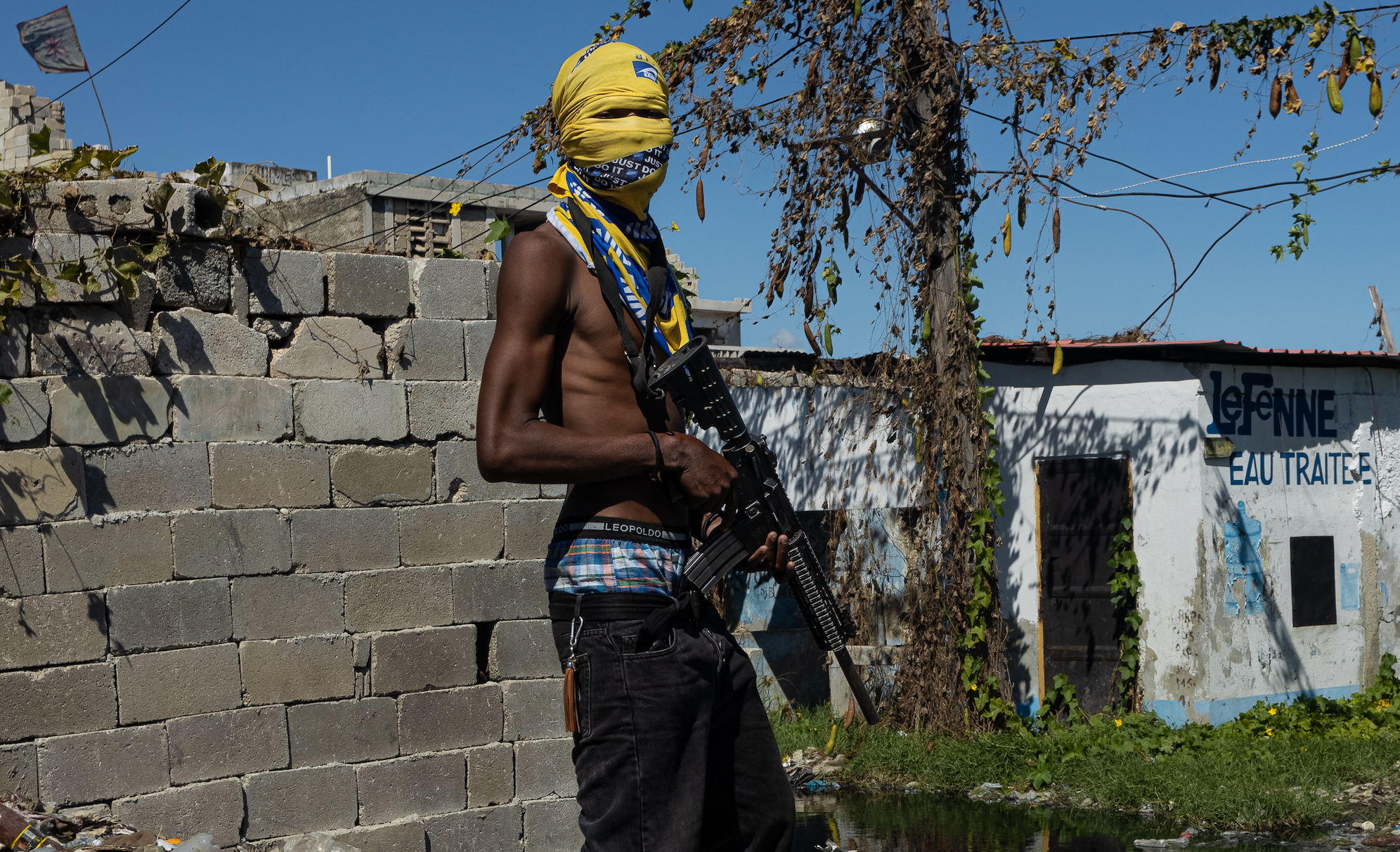
 1. A poster memorializing the slain Haitian president Jovenel Moïse. In July 2021, Moïse was gunned down in his private residence in Port-au-Prince, and police subsequently arrested about 20 Colombian mercenaries. Allegedly, Moïse and his Tèt Kale Party (PHTK) supported G-9, and G-9 leader Jimmy Chérizier was a staunch supporter of the late president. The gang leader led a march of over 1000 supporters while demanding that Moïse’s killers face justice. Moïse was succeeded by an unelected Prime Minister Ariel Henry. In March 2024, after a mass prison break and demands for his resignation from gang leaders, Henry announced that he would step down after a transitional presidential council was created.
1. A poster memorializing the slain Haitian president Jovenel Moïse. In July 2021, Moïse was gunned down in his private residence in Port-au-Prince, and police subsequently arrested about 20 Colombian mercenaries. Allegedly, Moïse and his Tèt Kale Party (PHTK) supported G-9, and G-9 leader Jimmy Chérizier was a staunch supporter of the late president. The gang leader led a march of over 1000 supporters while demanding that Moïse’s killers face justice. Moïse was succeeded by an unelected Prime Minister Ariel Henry. In March 2024, after a mass prison break and demands for his resignation from gang leaders, Henry announced that he would step down after a transitional presidential council was created.
























